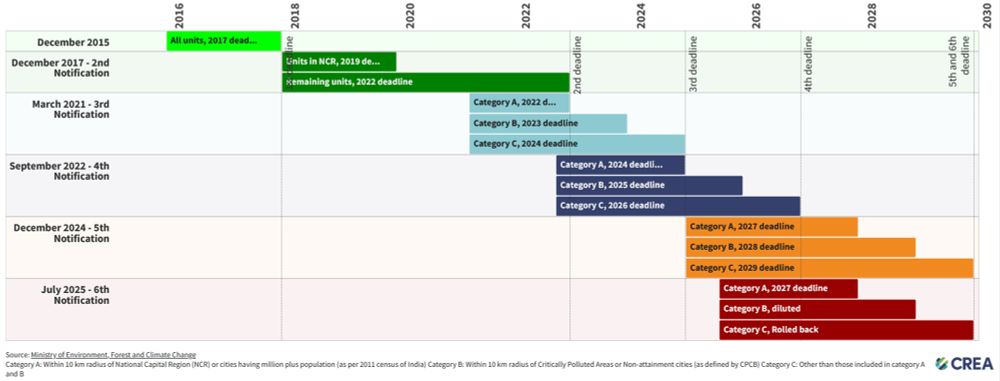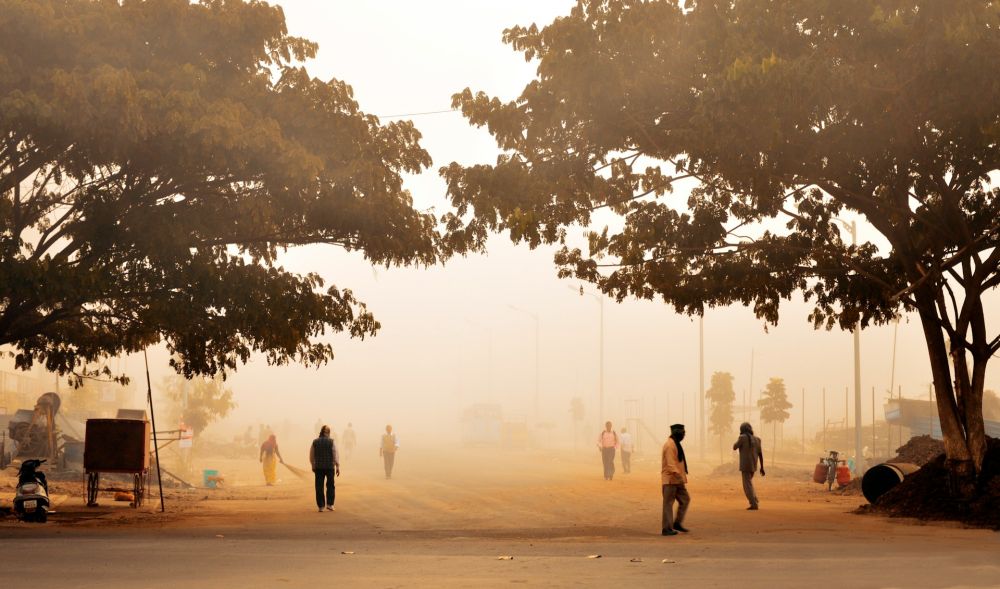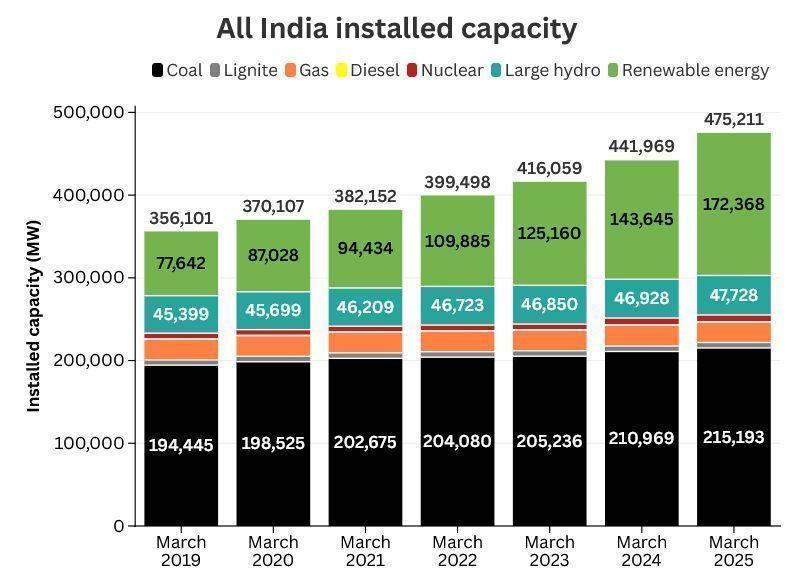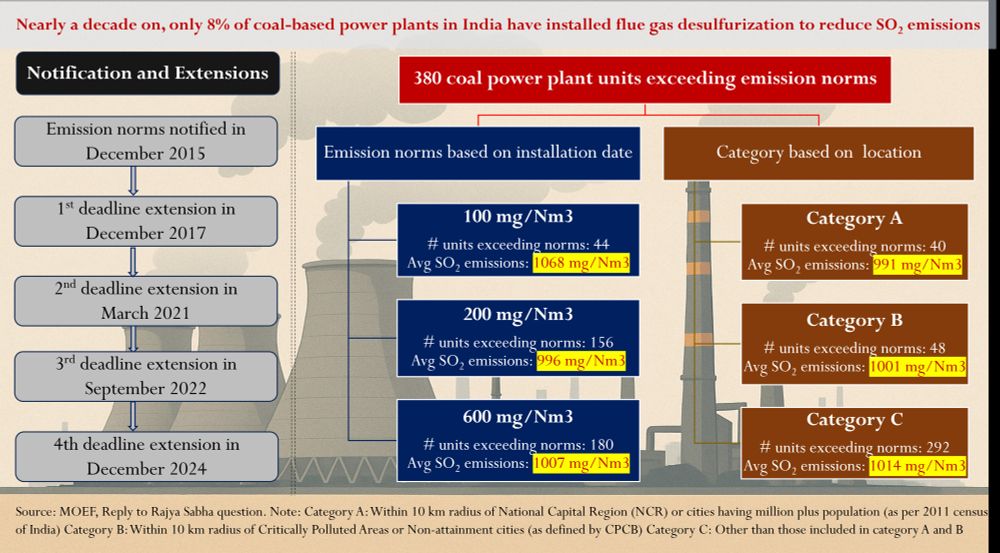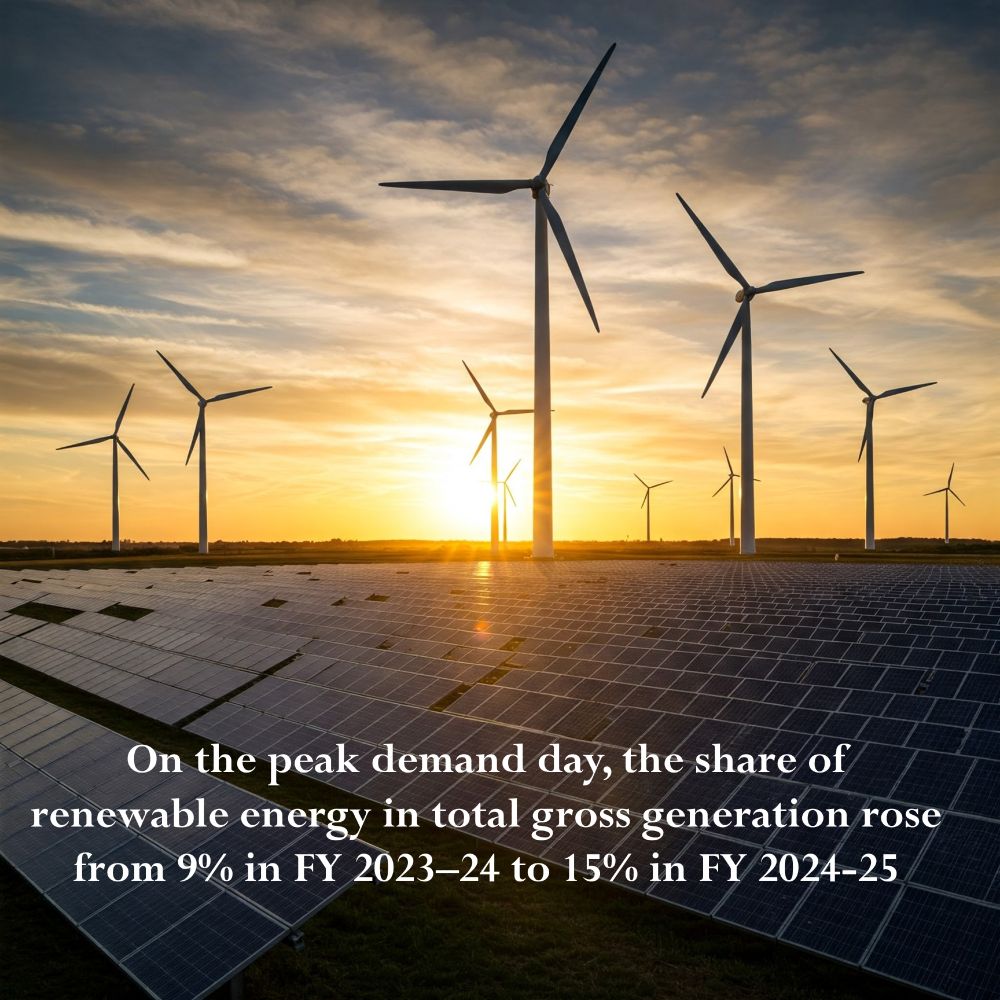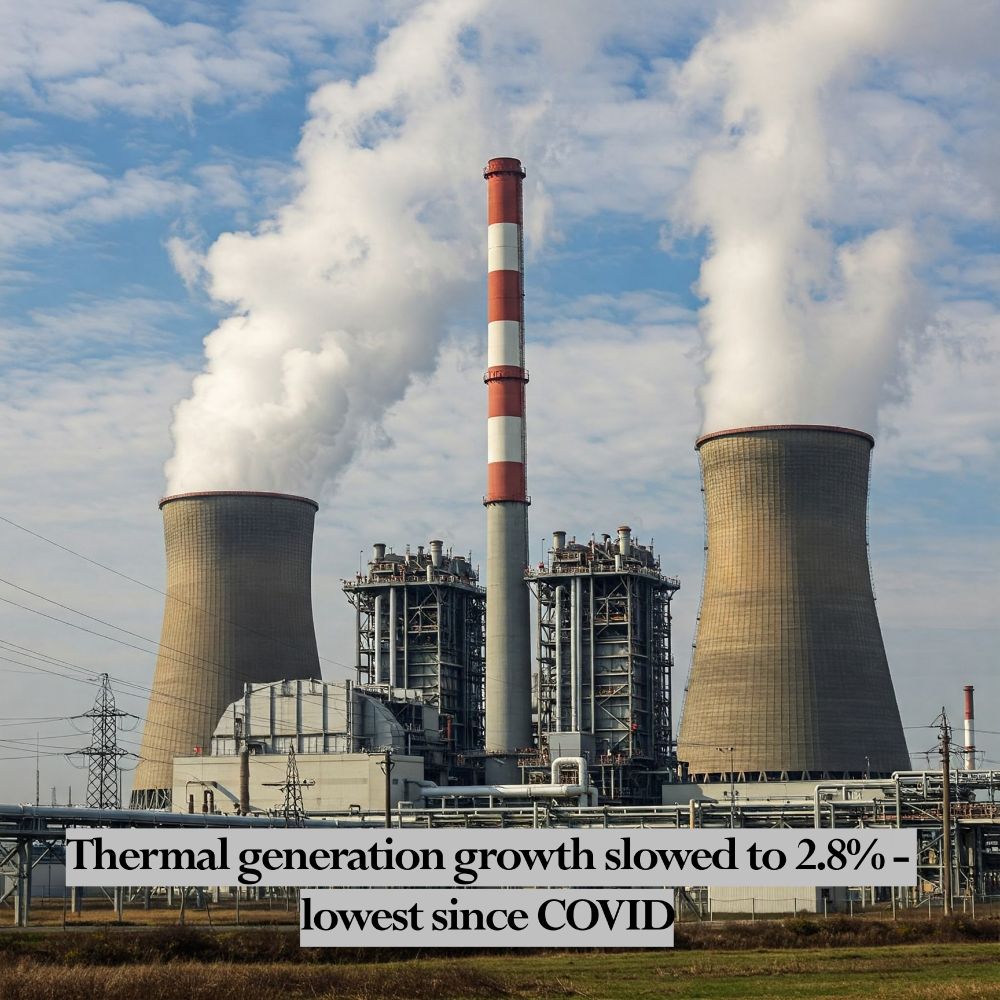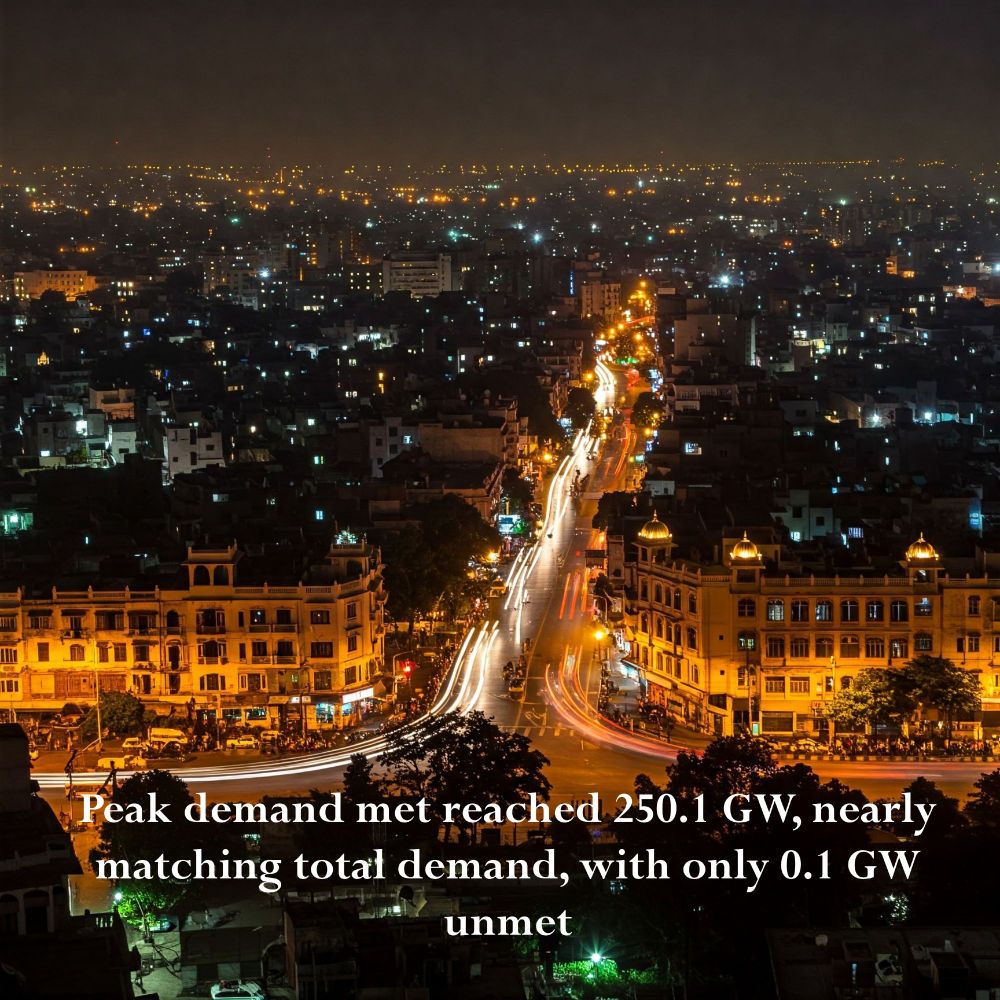Manoj
@manojkumarnr.bsky.social
92 followers
70 following
13 posts
Analyst, Centre for Research on Energy and Clean Air | Tracking, analysing and reporting 🇮🇳 Air Pollution, Health Effects and Energy landscape
Posts
Media
Videos
Starter Packs
Manoj
@manojkumarnr.bsky.social
· Jun 30
🇮🇳 NEW | Report: Secondary particles contribute to one-third of India’s PM2.5 air pollution
⚠️ India's National Clean Air Programme (NCAP) should target precursor gases that lead to toxic secondary PM2.5
w/ @manojkumarnr.bsky.social & Rosa Gierens
⚠️ India's National Clean Air Programme (NCAP) should target precursor gases that lead to toxic secondary PM2.5
w/ @manojkumarnr.bsky.social & Rosa Gierens

Manoj
@manojkumarnr.bsky.social
· May 23
Reposted by Manoj
Manoj
@manojkumarnr.bsky.social
· Apr 18



